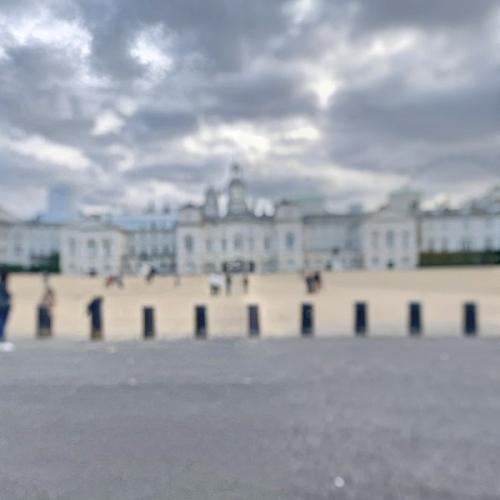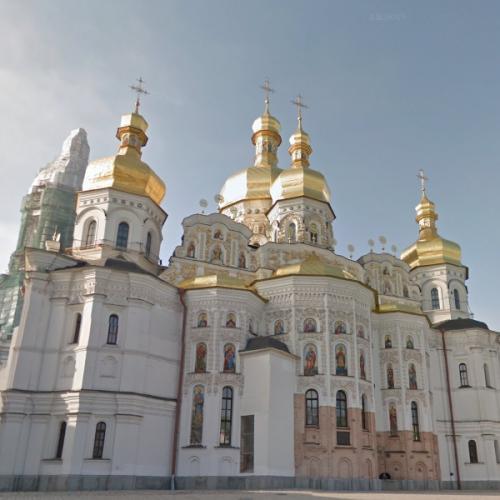Rome, the center of the ancient Roman empire, was known as the Capital of the World for a thousand years. Even after the fall of the empire, the city has maintained its hold on the western world as a center of cultural, religious and historical prominence.
Millions of tourists gather in the Italian capital city each year to drink deeply of the historical, architectural, religious and cultural sites the city has to offer.
Colosseum
One of the most iconic sites in all of Rome is the ancient Colosseum, which was built around 70 AD by Emperor Vespasian when he ascended to the throne, as a means of earning the good graces of the people of Rome. It was an multipurpose amphitheater that could host gladiatorial games, hunts of wild animals and even staged naval battles. It was even the site of crucifixions of early Christian.
While is is too deteriorated to host events now, tourists can visit the site, walk throughout the stadium and get a great feeling of what it would have been like to be entertained in ancient Rome.
The Forum
Near the Colosseum is the Forum, the large plaza that was the center of daily commercial, political, social and religious life in Rome. Ruins of several important temples including the Temple of Saturn, as well as an old Senate building, remain, along with thousands of columns, statues, pillars and building foundations.
It provides an epic visual education of just how advanced and wealthy Rome was at its peak, and just how far it fell after it was sacked and overrun in 410 AD, and again in 455 AD.
Trajan’s Column
Between the Colosseum and the Forum is the giant Trajan’s Column, which was commissioned by Emperor Trajan to commemorate his great military successes. It is an architectural and artistic feat, built and raised with only manual labor, and crafted with exceptional skill and attention to detail.
It is a great stop for visitors exploring Rome and wanting to walk in the footsteps of emperors and common men alike.
Pantheon
Unlike much of Rome’s tourist highlights, the Pantheon is a fully functioning building that has been in constant use since it was started in the time of Emperor Augustus and completed about 100 years later. It was possibly originally used as a temple to all, or many, gods as the Greek name Pantheon implies.
By the 800s AD it was a Christian church, and has been since that time. Religion aside, it is a structural marvel. The rounded building has a rotunda that is uniform in size, shape and dimensions throughout. It had a concrete coffered dome with an oculus, a round hole in the building’s roof. The oculus provides a natural source of light during the day, and actually contributes to the structural soundness of the building.
This building is a must-see to any visitor!
Trevi Fountain
Not everything in Rome is ancient and broken down. The beautiful and romantic Trevi Fountain was completed in 1762 in the Baroque style on the site of ancient aqueducts and fountains, which in the opulent style of the time, were deemed not lavish enough.
The intricate fountain, which is over 160 feet wide and 80 feet high, has become a centerpiece of Roman culture, appearing in opera, novels, romantic tales, and even movies including Roman Holiday. Any visitor to Rome should throw a coin from their right hand over their left shoulder to ensure they return to Rome someday.
It’s a fun place to hang out, especially for love birds!
St. Peter’s Basilica
While not technically in Rome, but in the independent country of the Vatican, St. Peter’s Basilica is truly a sight to behold. Founded on the traditional burial site of St. Peter, the grounds are sacred to Christians, especially Catholics, because the Vatican is the home of the Pope and the heart of the religion.
The Basilica is not just important to religious pilgrims. It is an architectural beauty, with sculptures, statues and frescoes that rival any in the world. Most famous among the artisans who contributed work to the church is Michelangelo.
In one corner is one of his most moving works, the Pieta, a marble sculpture depicting Mary holding the dead body of her son Jesus after his crucifixion.
St. Peter’s Square
Outside the basilica is St. Peter’s Square, a large plaza used for holy visits and commemorations conducted by the Pope. The trapezoidal shape of the plaza is embraced by two colonnades, said to represent the arms of the church embracing her people. The plaza is gigantic, over 1,000 feet deep.
Spanish Steps
Technically just a set of stairs connecting a church to an embassy below, the steps have become a focal point of culture, tourism and entertainment. The steps lead to the Piazza di Spagna, or Spanish Plaza, which has high-end retail shops, excellent dining, impromptu outdoor entertainment and an enchanting nightlife atmosphere.
It’s certainly a place a visitor would want to see on foot, walking down the steps from the Trinita de Monti church, enjoying the view and then spending an afternoon or evening enjoying the fun vibe the area has to offer.
While Rome is no longer the official center of the known world, it still holds the heart and soul of the ancient western world, and all visitors will throw their coins in Trevi Fountain hoping to return soon, taking memories that will last a lifetime, and leaving a bit of their soul in the great city.









































































